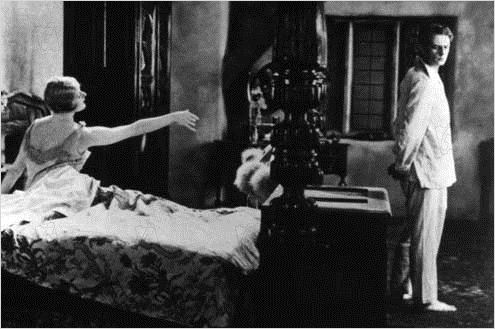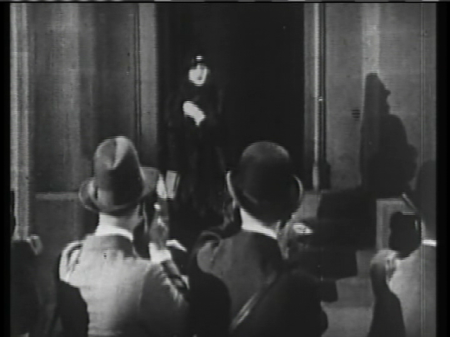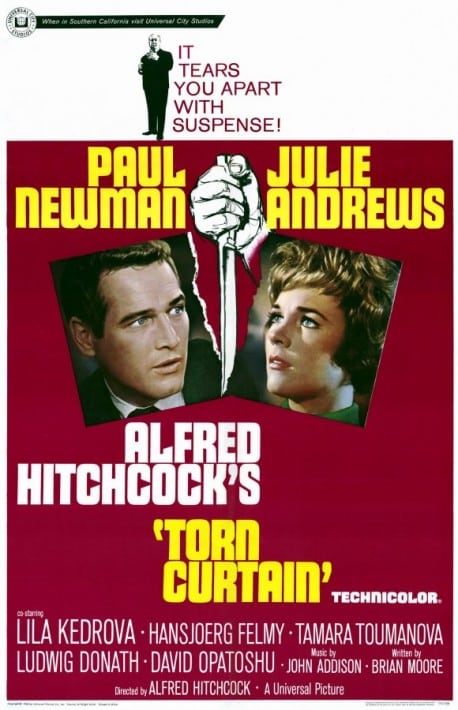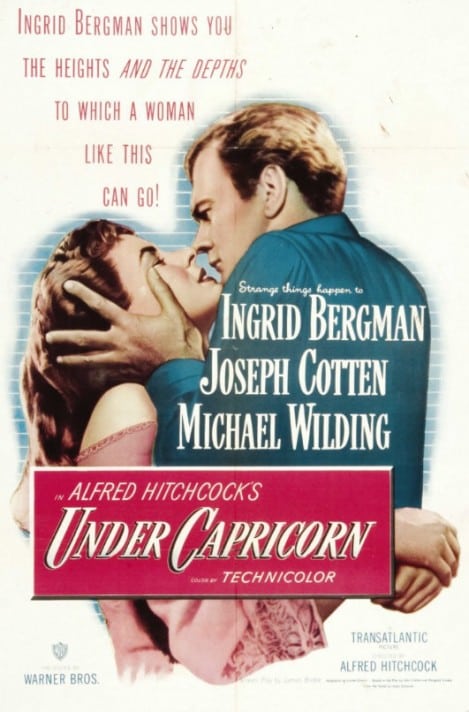Easy Virtue (1927)
Directed by: Alfred Hitchcock
Written by: Eliot Stannard
Starring: Franklin Dyall, Isabel Jeans, Robin Irvine, Violet Farewhether
AVAILABLE ON DVD
RUNNING TIME: 80 mins
THE HITCHCOCK CAMEO: walking past a tennis court carrying a walking stick
REVIEWED BY: Dr Lenera, Official HCF Critic
Larita Filton is in court, involved in complicated divorce proceedings with her husband. Supposedly she had an affair with an artist who was painting a portrait of her. Mr Filton had been suspicious ever since the two had cast furtive looks at each other upon their first meeting and eventually burst in on them where it looked like they were about to kiss. The divorce goes ahead but the painter kills himself after leaving Larita some money in his will. Larita is now a woman with a bad reputation. She goes on holiday in France and despite swearing to avoid men, she is soon courted by a wealthy bachelor. Despite initial misgivings, she falls in love with this man who really seems to be the man of her dreams…..
A silent film based on a play by Noel Coward, one of the masters of witty, barbed dialogue, seems like a rather perverse undertaking, not to mention just plain pointless. It’s no surprise then to find that Easy Virtue, which had been very popular on the stage since 1925, is a bit of a slog. There are a few interesting directorial touches here and there and the story is quite a moving indictment of the way divorced women were treated at the time and the unfairness and hypocrisy that existed, such as men being accepted as divorcees but not women. The trouble is, you want to the hear the dialogue when people are just sitting around talking, and actually Hitchcock’s usual small amount of title-cards doesn’t really work at all. This was easily my least favourite of the Hitchcock films so far [I had only viewed The Lodger before] though the themes of the story just about kept me occupied, themes which not long afterwards the Production Code virtually banned from being treated seriously used in films. Alcoholism, female sexuality, adultery; these things were just not considered suitable, the idea being that a woman watching a film which featured, for instance, a womnn committing adultery who was sympathetic, might be persuaded to cheat on their spouse!
Yes, it became a funny old time, and it’s a wonder many films were made at all, though many writers and directors found clever ways to imply and skirt around things. Anyway, this was a few years away when Easy Virtue went into production. Hitchcock and his usual writer Eliot Stannard decided to expand and open up the story so that Coward’s play doesn’t begin until half way through and in an extremely condensed version. This was a sensible decision as most of the things that happen in the film’s first half are mentioned or alluded to in the play anyway. Isabel Jeans from Downhill, rarely mentioned as the first Hitchcock blonde, was the star; in fact, many of the cast and crew from the previous film went straight onto this one. Another Coward adaptation, The Vortex, was filmed at the same time and really did attempt to put Coward’s words on screen with a huge amount of title-cards sporting reams of his words. Easy Virtue was a commercial failure after three major successes for Hitchcock and unsurprisingly is not much talked about or seen these days, though I will say that it’s better than at least six films I’ve seen at the cinema this year!
The film opens on a curious close-up shot of a judge’s wig, then as we settle into a courtroom scene, we have the judge’s vision without his eye-glass represented by blurred images. he film seems like it is going to be full of interesting direction, and the following twenty minutes are actually very good. In-between shots of the people in court, which are often interesting in themselves because there’s much concentration on the paraphernalia and rituals of the court including even a shot of what one of the members of the jury has written down, we flash back to some of the incidents that have led to the divorce hearing. The first meeting of Larita and the artist is very nicely done, as they clearly form a bond from seeing each other at a distance and while the husband [there are lots of unnamed characters in this film] is also present. Sadly Eric Bransby-Williams as the ‘Co-Respondent’, or rather artist, overacts to a ludicrous degree. His intense looks, especially when he gets angry as the way Larita’s often drunk husband is treating her, are quite funny, at least to a modern viewer; silent film acting often relied on melodramatic exaggeration but of course there were many performers who were able to make up for that by just being very good at what they were doing.
Nonetheless this whole opening sequence is excellently staged and paced and I actually did wonder if Easy Virtue was one of Hitchcock’s more underrated movies like Under Capricorn [yes, I said it, and there are plenty more unconventional opinions to come in my Hitchcock trip]. However, the interest wanes when Larita goes on her holiday and meets John, this supposedly wonderful man. Their first meeting, which happens when he is playing tennis and hits her in the face with a ball, is unintentionally funny the way they suddenly look like they want to eat each other alive, but their first kiss is nicely staged, with her on a chair and obviously a little reluctant as the two mouths take so long to meet it almost seems like it is in slow motion. However the film just gets duller and duller. When the action relocates to the house of John’s family after he has married her and brought her home, the picture really becomes a slog. People sit and chat, and chat, and chat, and it just doesn’t work in a silent movie. The sparse inter-titles fail to contain any of Coward’s dialogue and the only real interests are in seeing Hitchcock’s first sinister mother, casting a dark aura about her right from when we first see her descending the stairs, and the first of Hitchcock’s heroines to feel vulnerable in an unfriendly household.
The film avoids some good incidents from the play, like the accidental death of a dog, which could have been shown cinematically, while the direction gets less and less interesting. Perhaps the best individual scene of the film is a proposal scene by telephone, where instead of seeing the couple, we focus on an eavesdropping switchboard operator whose facial reactions tell us how the conversation is going. It’s a great example of suspense that is not related to fear. All you really get for the majority of the film’s duration though are occasional notable shots like people at a dinner table being dwarfed by huge Christs or Saints [it’s hard to tell because the print I saw was so poor]] on the walls. The tale certainly had its compelling aspects though. Larita is Hitchcock’s first blonde heroine and quite a strong heroine, a woman who just wants to be happy but is prevented from being so by prejudices and ignorance. Interestingly, we are never told if she really did sleep with the artist while she was married. Also interesting is that, unlike Hitchcock’s first three pictures, there’s far less of a sexual aspect even though you might think that aspects of the story demand it.
The performances in this one are wildly erratic; Isabel Jeans is very good and manages to be very both restrained and powerful, and Robin Irvine is convincing as the increasingly dislikeable John [I kept thinking of Cary Grant in Suspicion]. Elsewhere, there are many examples of the worst kind of silent movie acting. Easy Virtue is, in truth, a very odd film that should be awful. It turns a play into a silent film, uses none of its dialogue, cuts it down so that it’s barely recognisable and adds lots of other bits for its first half. It just about manages to stay afloat though in spite of itself, even if it rarely gets good. Come the end [which is missing from some prints], and that bit of dialogue that Hitchcock said was the worst title-card he ever wrote, where Larita says to press photographers:” shoot: there’s nothing left to kill“, it’s just a bit emotional. I cared, and, considering the number of films that I see where I don’t give a damn about anybody or anything, that’s got to be worthy of praise, even if, in the end, it’s a very minor picture indeed. It was remade, more faithfully to the play, in 2008.
Rating: 

















Be the first to comment